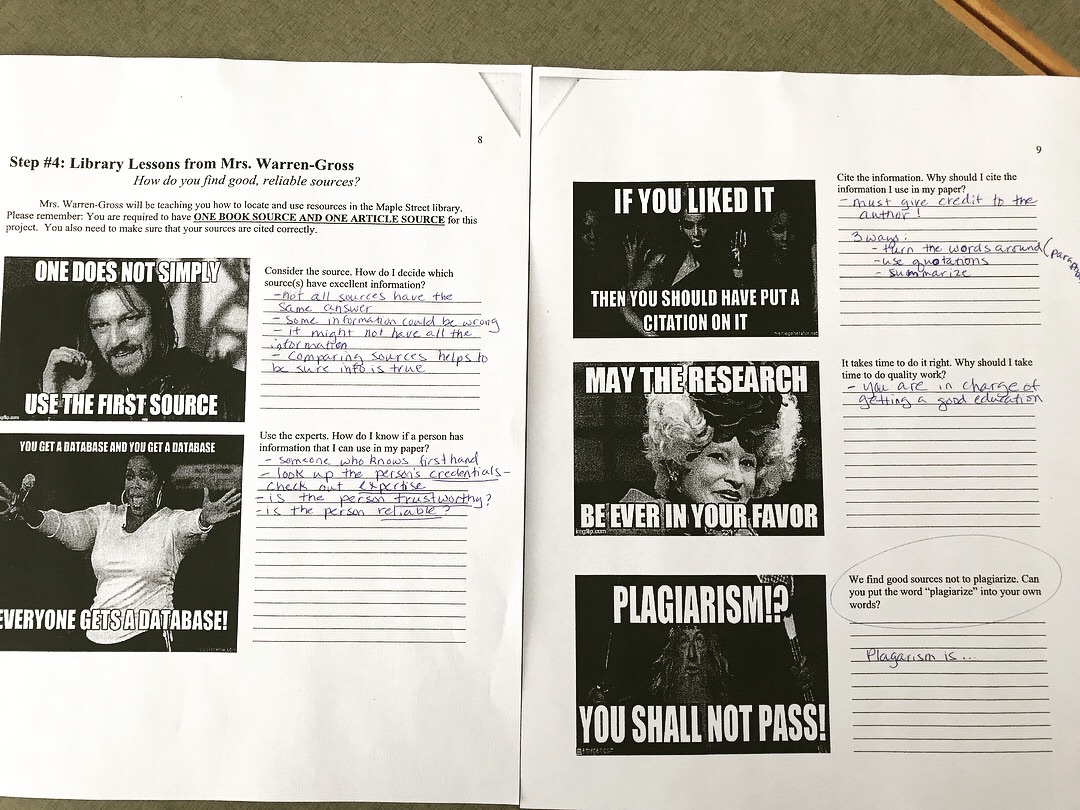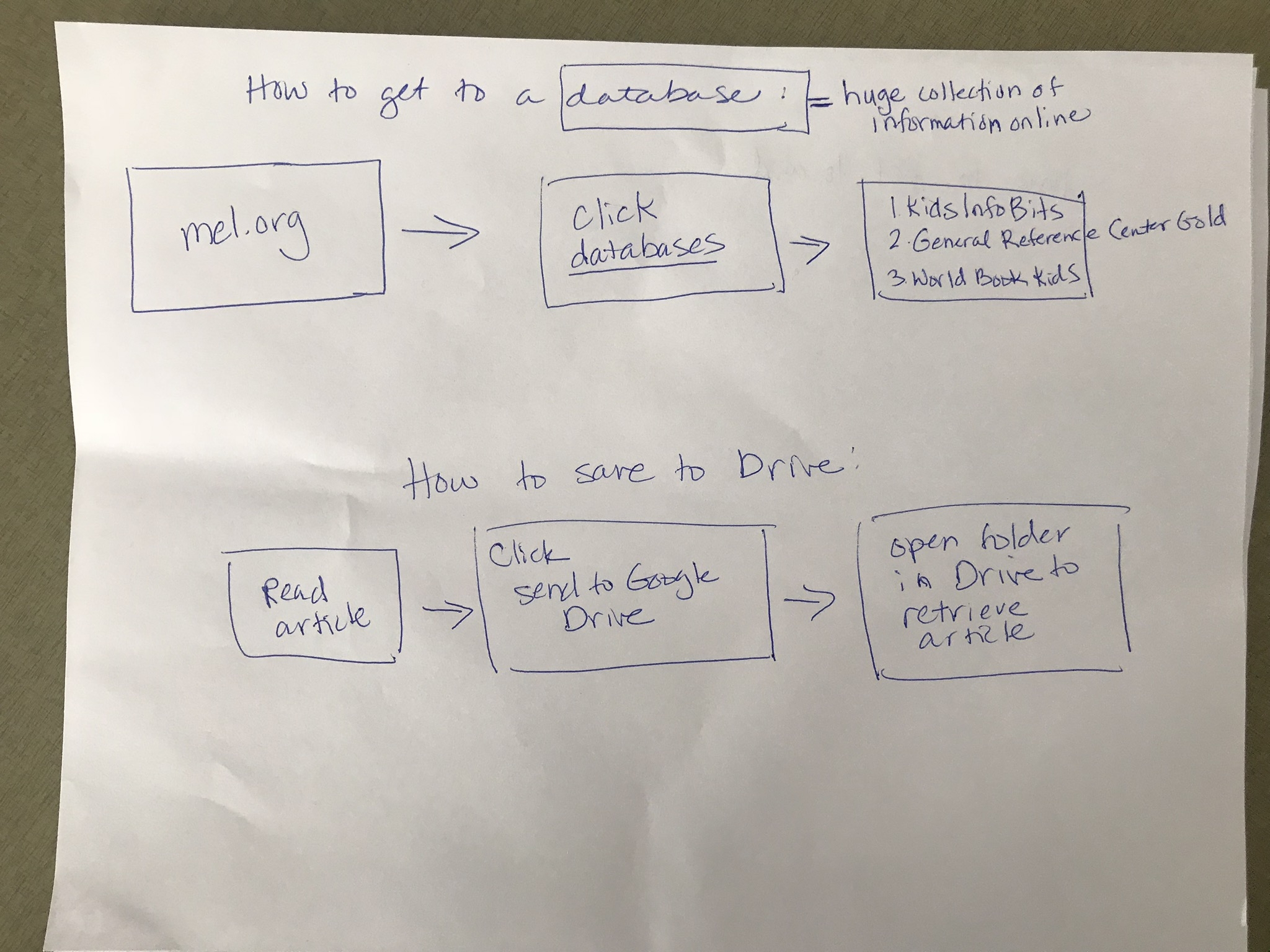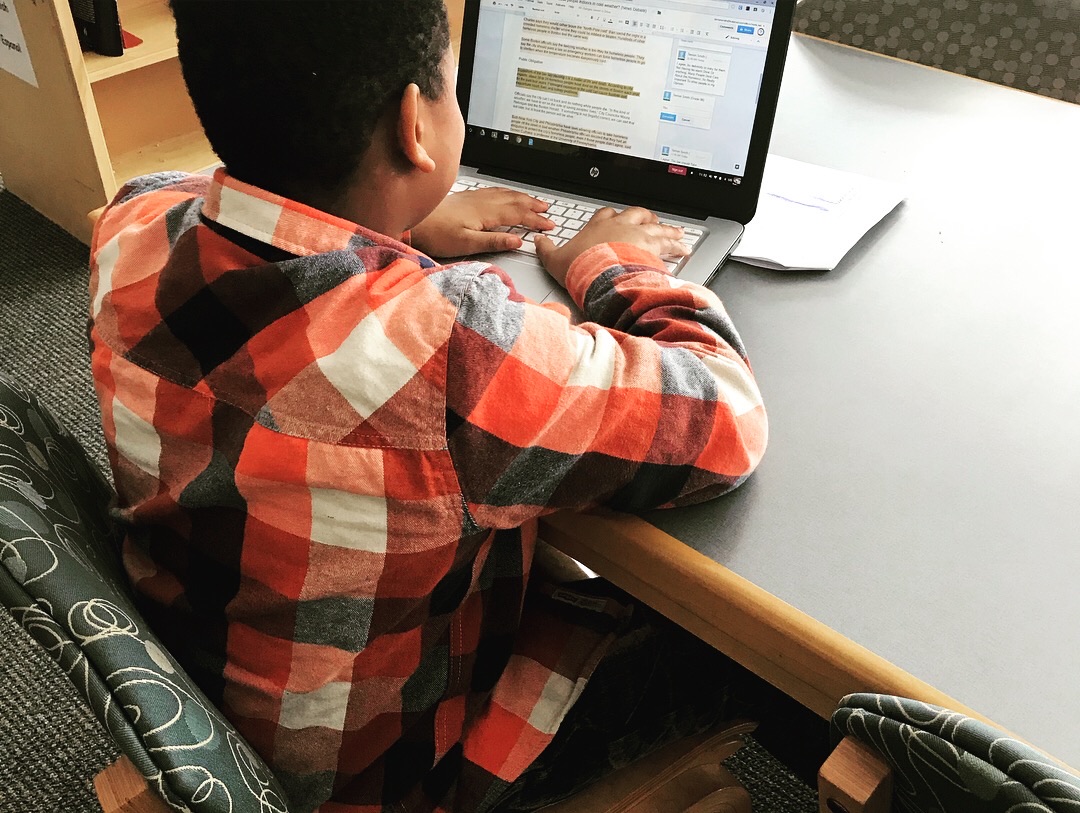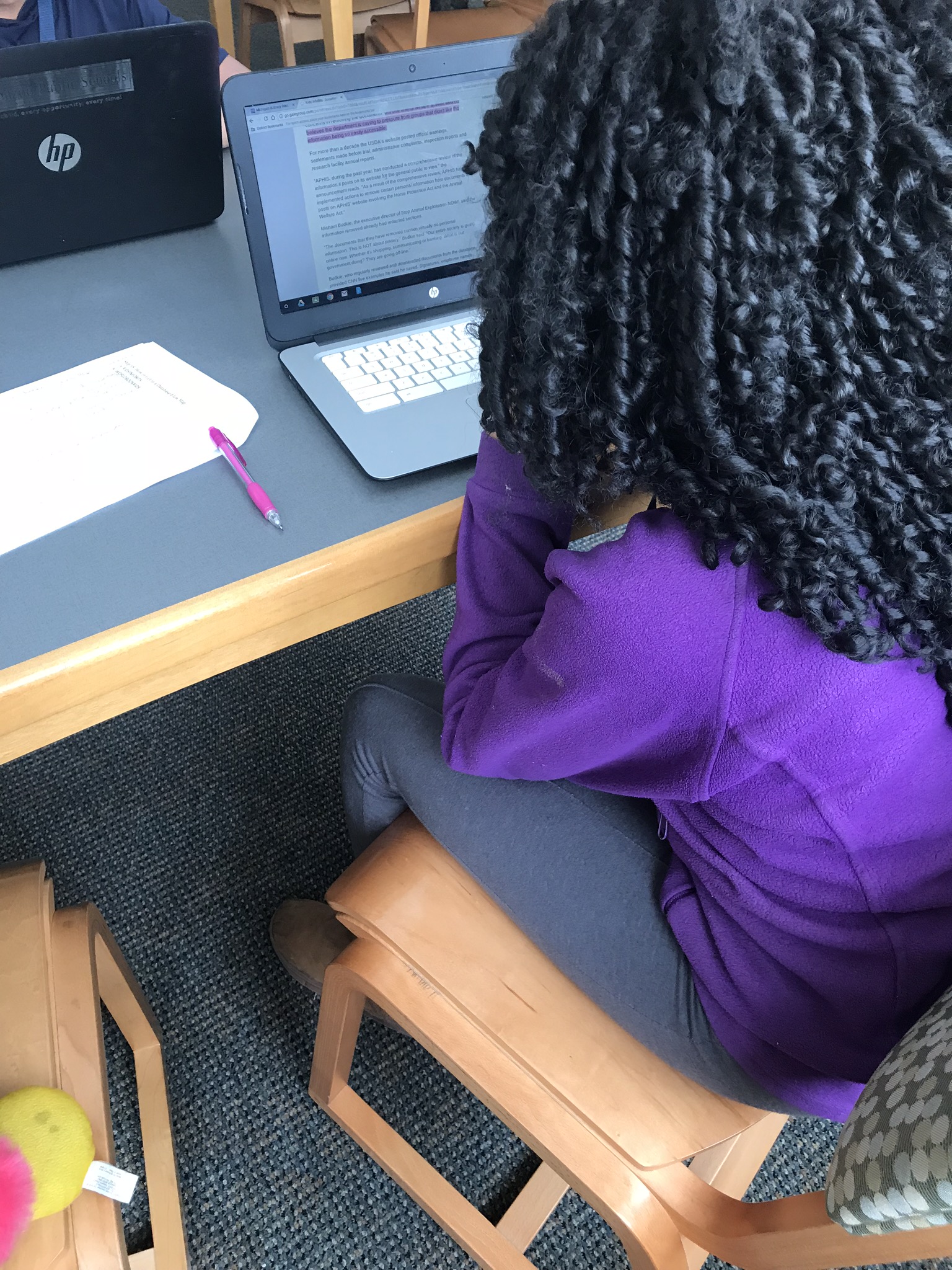Smart Strategies for Student Research Source Pages
More Than Notes…Learning to Explore Independently
In one of my more recent posts, I outlined how to make a research unit in just a few hours. I was in a crunch that was unexpected and I wanted to showcase my process for freshening up a unit from year-to-year. One of my favorite parts of the research unit teaching students MLA format and also teaching them how to use source pages to take notes.
What Are Source Pages?
Source pages are a way to help students differentiate between direct quotations and general facts or notes that are not quoted directly from the text. Students often get confused about the fact that they need to provide in-text citations for both. Recently, I used some amazing strategies from other TPT teacher-authors to help students with summarizing, paraphrasing, and quoting. This was an ah-ha moment for me this year because I often tell students to NOT plagiarize, but don't often explicitly tell them the ways to NOT plagiarize that are outside of direct quotations. Furthermore, I reflected on last year wanting to emphasize more to students that they need to cite information even when they are summarizing and/or paraphrasing information.
Resource #1: The Cult of Pedagogy's Anti-Plagiarism Resource
Resource #2: Teaching With a Mountain View's Summarizing Paraphrasing and Quoting Task Cards
The first resource was perfect for more advanced classes, and the second resource was "just-right" challenging for my General English 6th grade students. Seriously, I now have my General English students asking me, "Mrs. Hampton, do I need to write 'According to the text...' before I write my quotation?" My English Teacher heart melted in an instant.
Teaching the ways to NOT plagiarize are key to students understanding the WHY behind why we take notes in this complicated way. It also gives them options of how they put information into their paper. They asked me, "Mrs. Hampton, do I always cite my information?" And my answer to them is the generic response of if it did not come from your head? No? Then yes, young researcher, yes.












